South Florida is home to some of the most colorful and unique exotic bird species in the country. The warm climate and abundant habitat make it an ideal place for parrots, parakeets, and other birds from Central and South America to thrive. From tiny hummingbirds zipping by to large parrots squawking from tree branches, exotic birds add an extra dash of tropical flair to South Florida.
Hot Spots for Exotic Bird Spotting
The best places to observe exotic birds in South Florida are in wildlife refuges, botanical gardens, and eco-parks. Here are some prime exotic birding locations:
Everglades National Park
The “River of Grass” is a top spot to see native wading birds like roseate spoonbills alongside escaped exotics like macaws and cockatiels. Popular stops include Anhinga Trail, Eco Pond, and Mahogany Hammock.
Green Cay Nature Center
This wetlands area in Boynton Beach attracts everything from burrowing owls to Egyptian geese. The boardwalks and observation towers provide prime viewing.
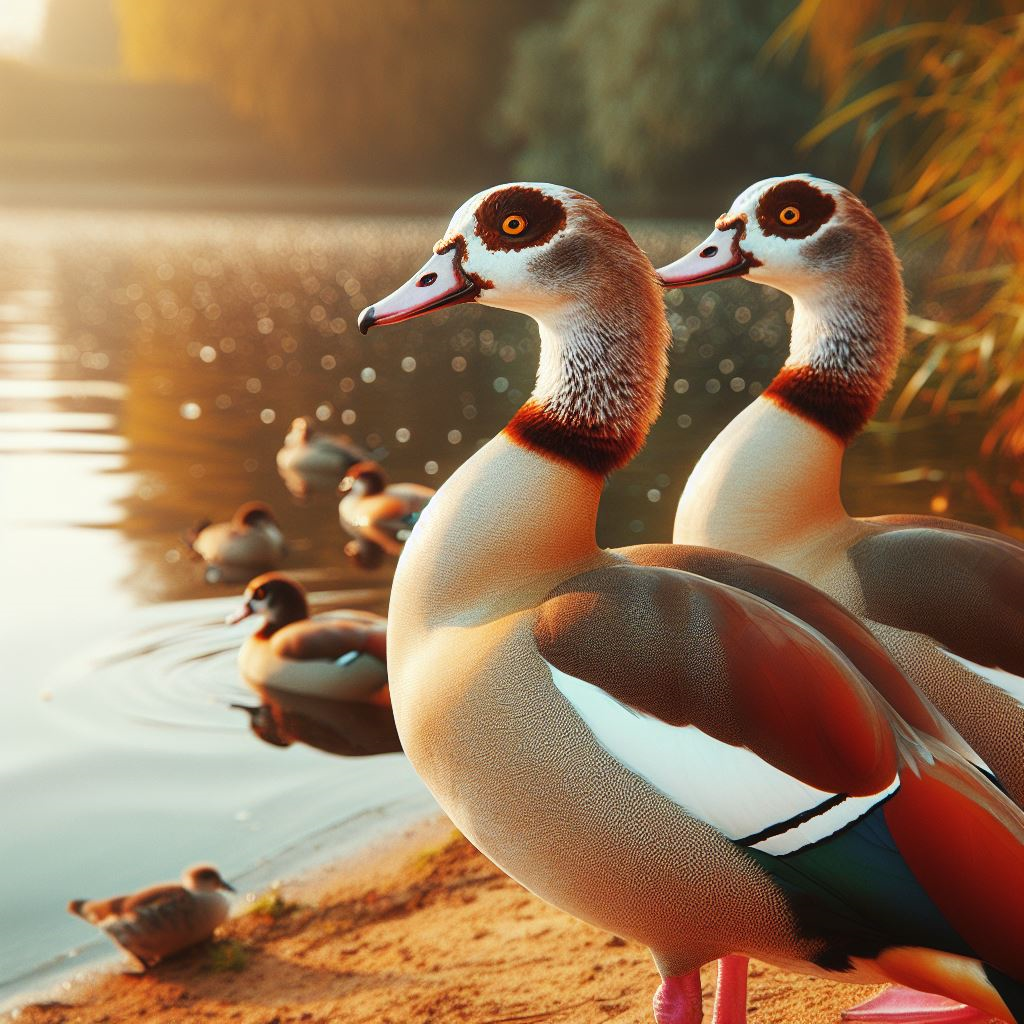
Fairchild Tropical Botanic Garden
You’ll find this 83-acre garden in Coral Gables teeming with exotic finches, parakeets, and maybe even Quaker parrots cruising the treetops.
Flamingo Gardens
This 60-acre wildlife sanctuary in Davie has expansive lakes, gardens, and aviaries housing a rainbow of exotic bird species from around the world.
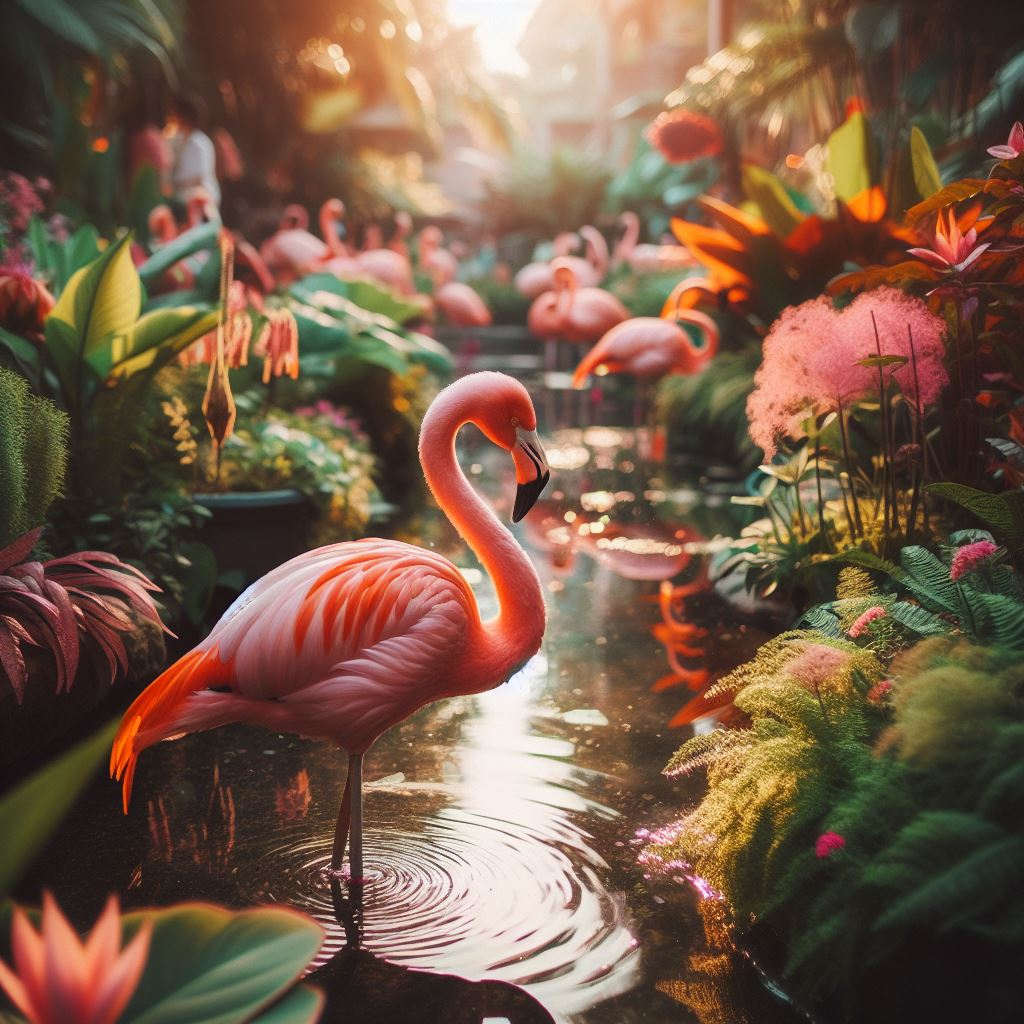
5 Exotic Birds You Might Spot
From tiny hummingbirds to large, loud macaws, here are five highlight exotic bird species to look for in South Florida:
Scarlet Ibis
With brilliant red plumage and a long, curved red bill, the scarlet ibis is a stunning sight as it wades through wetlands. These South American birds now breed in Florida parks and refuges.
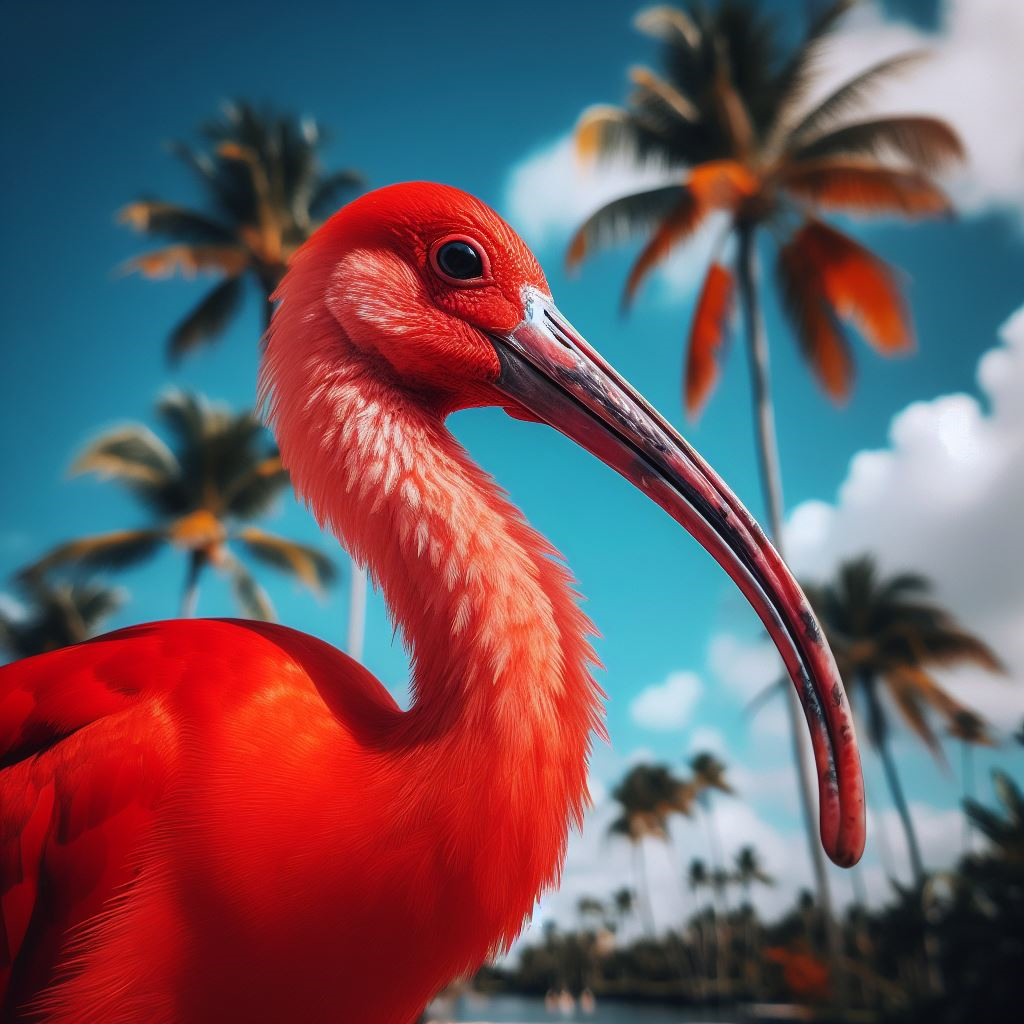
Egyptian Goose
Spotting the thick chocolate stripes on an Egyptian goose’s wings in flight is a giveaway that it’s not a native species. These noisy grey waterfowl escape from private collections.
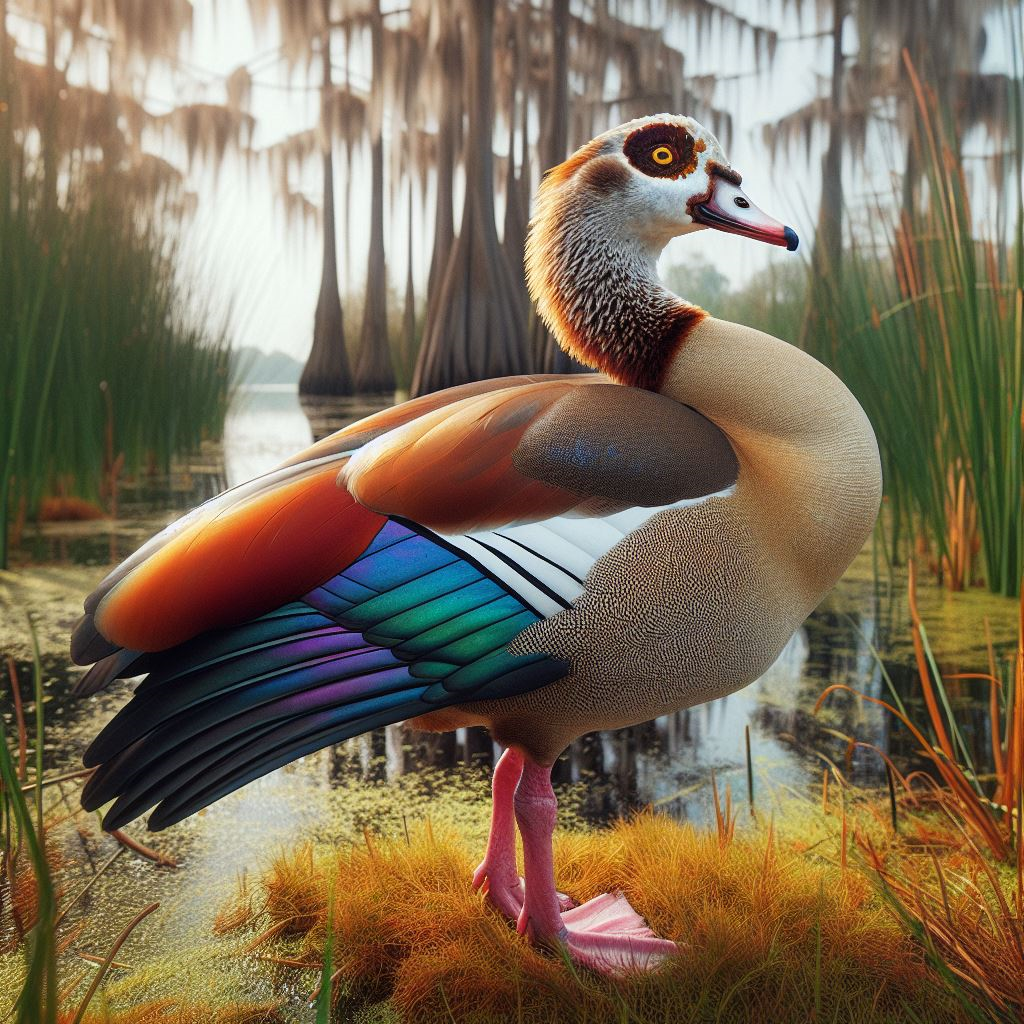
Budgerigar
Budgies are popular pets, but spotted pairs may be escapees going wild. Watch for these small, slender parakeets with blue, yellow, white, and black feathers.
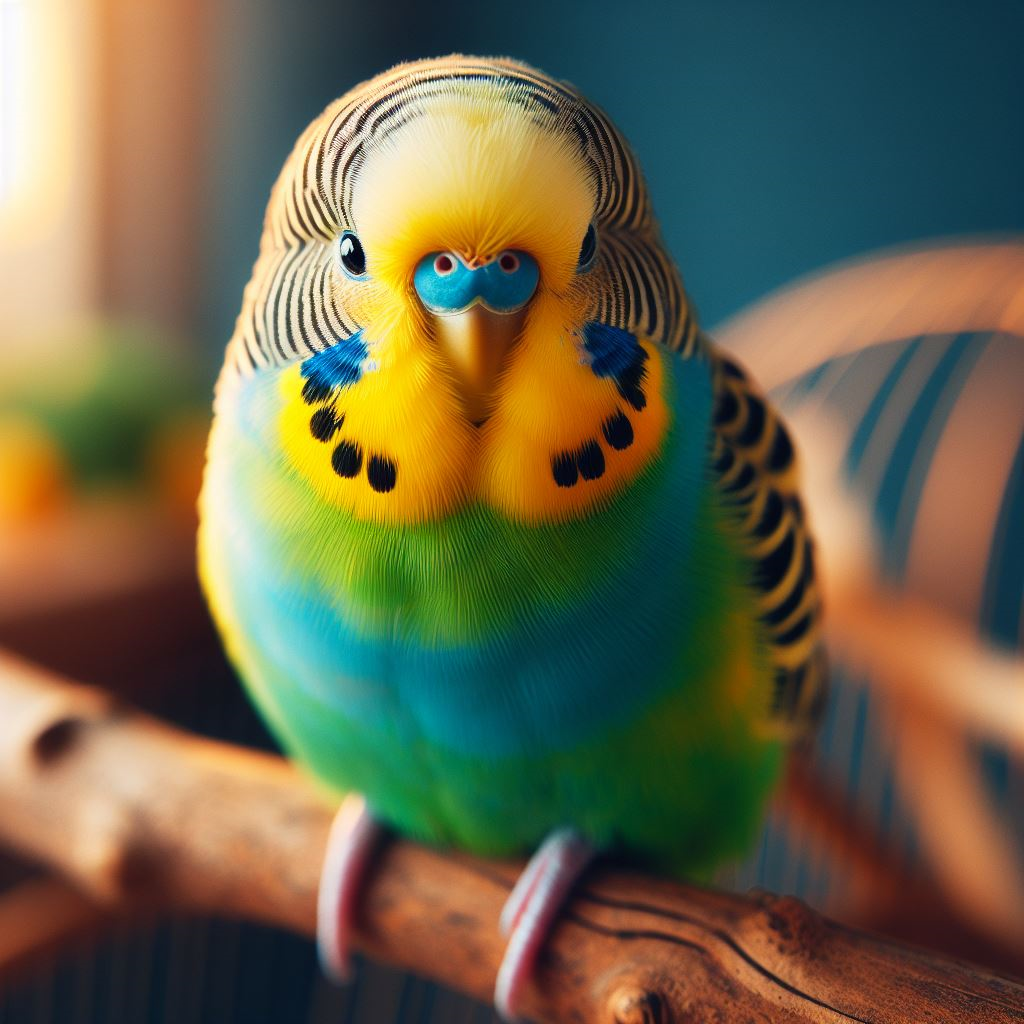
Nanday Parakeet
Loud, fast-moving flocks of these bright green parakeets with black mask-like face patterns make them hard to miss. Related to macaws, escaped pets established breeding populations.
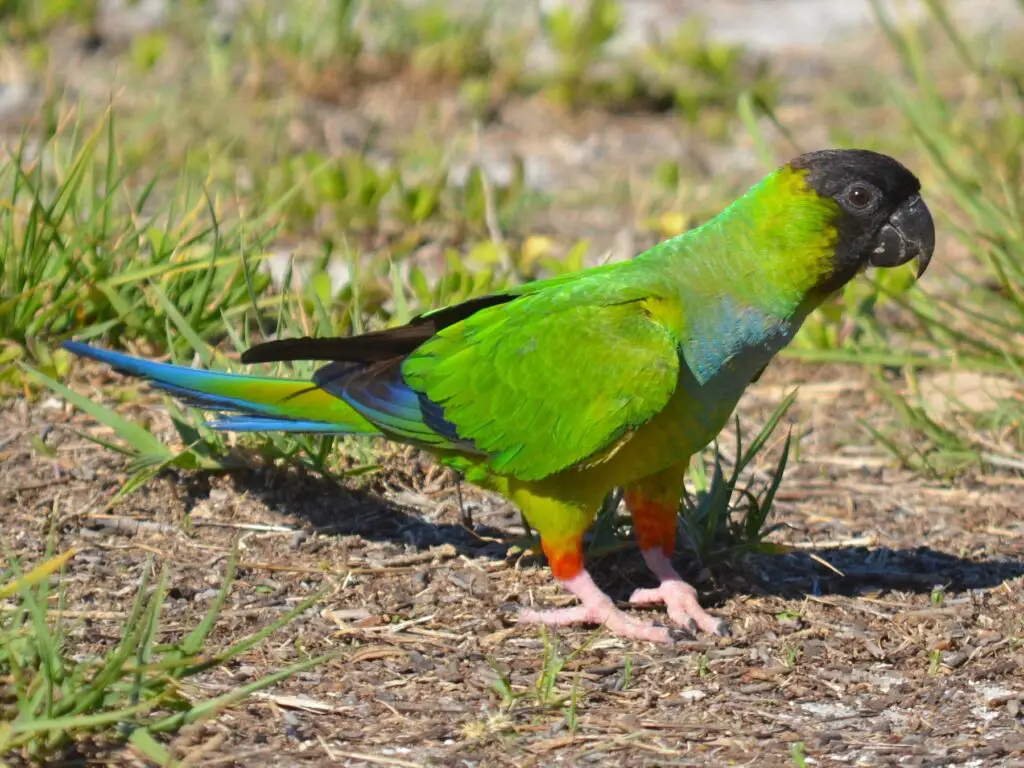
Vermilion Flycatcher
The male vermilion flycatcher is unmistakable with its painted red coat. Now rare in South Florida, lucky birders occasionally spot them perched conspicuously on branches.
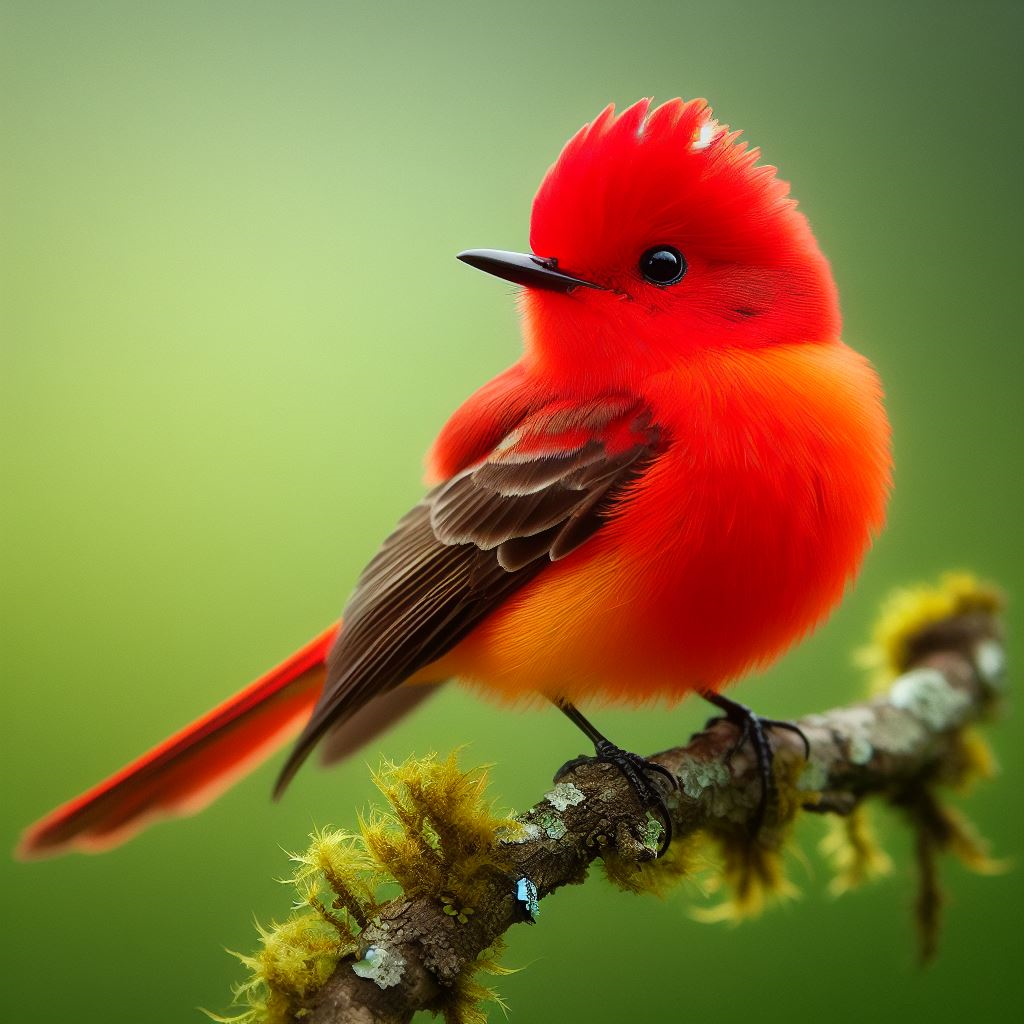
Unique Traits and Behaviors
Exotic birds display interesting behaviors and adaptations that help them thrive in South Florida:
Mimicry
African grey parrots, Indian ringnecks, and other mimics amuse visitors talking, whistling, and making other noises they pick up in captivity or from other birds.
Cavity Nesting
Parrots, parakeets, and woodpeckers nest in tree cavities to protect eggs and raise young. Availability of nesting sites may limit population growth.
Communal Roosting
In the Everglades, groups of hundreds of escaped monk parakeets create giant, apartment-like stick nests to raise their young communally.
Nectivory
Hummingbirds such as the Cuban emerald and vertebrate flowers with specialized tubular tongues allow them to drink nectar, their primary diet. They play a key role as pollinators.
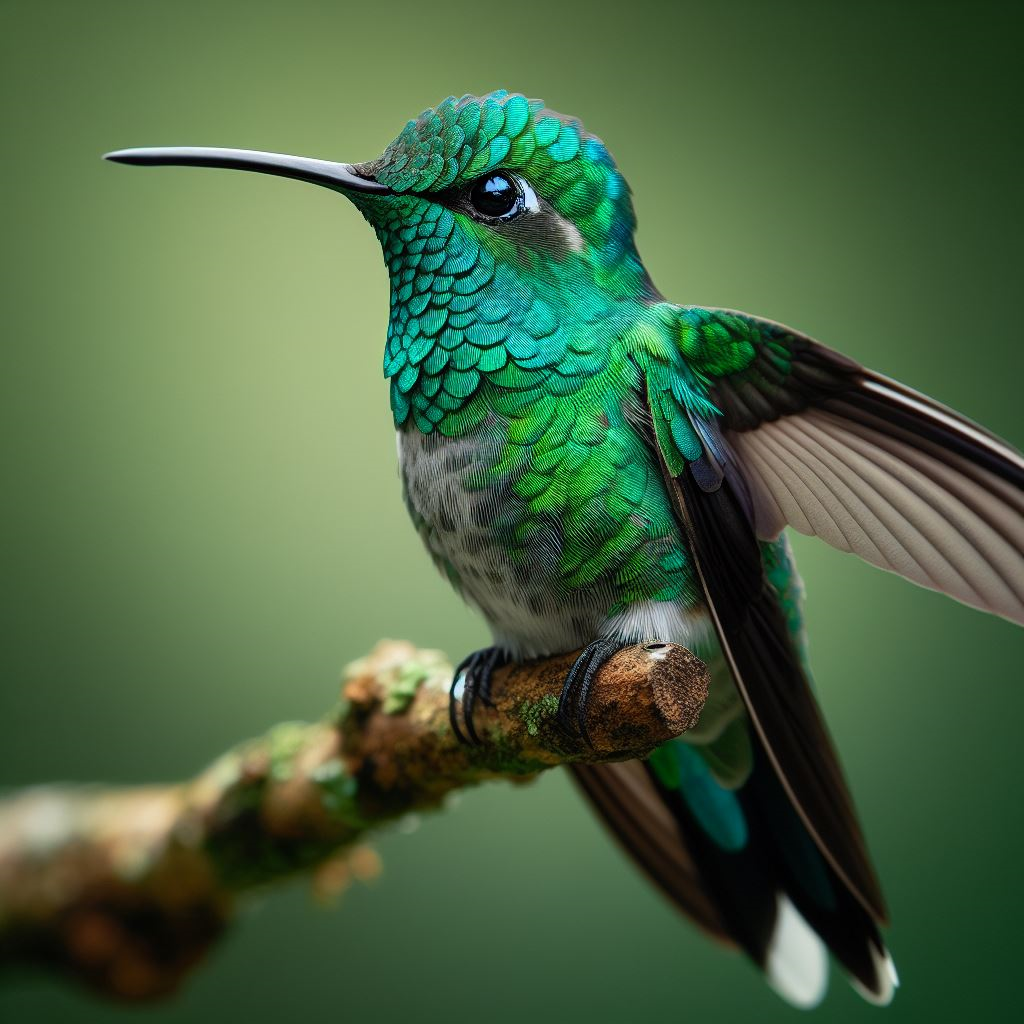
Mobbing Predators
Crows and parrots gang up on hawks, falcons, owls, and other predators, yelling alarms and diving to chase them away from their nests.
Threats Facing Exotic Birds
While South Florida offers abundant food and habitat, exotic birds face certain threats from the human population, environment, infrastructure, and invasive species:
Habitat Loss
Destruction of forests and draining of wetlands removes crucial food, water, and nesting sites exotic birds rely on. For example, the vermilion flycatcher population crashed as its favored South Florida pine forests were cleared.
Electrocution
Parrots often perch on dangerous power lines and cell towers, where they may be electrocuted accidentally, especially wet birds after rain. Hundreds die this way annually.
Car Collisions
Flocks swooping low across roads to roost get struck by passing vehicles. Low light at dusk and dawn makes avoiding speeding trucks challenging.
Disease Transmission
Psittacosis and avian influenza pose risks for vulnerable exotic bird populations lacking immunity. Backyard poultry may spread pathogens. Close confinement in aviaries also enables illness transmission.
Nest Disruption
During breeding season, loud noises, vegetation clearing near nest sites, and presence of predators may cause parent birds to abandon eggs and offspring before they fledge.
Nest Competition
Invasive species like European starlings compete with native cavity nesters for limited nesting sites. More aggressive species often win out, hampering exotics’ reproduction.
Conservation Efforts Underway
Several initiatives are underway to research, rescue, rehabilitate, and protect exotic birds in South Florida:
Exotic Bird Monitoring
State wildlife agencies band rescued birds and monitor populations to track range expansions. Knowledge of migration patterns, nutrition, and diseases helps target conservation tactics.
Nest Box Programs
Installing manmade wood or plastic nesting boxes provides safe reproduction sites for species like barn owls and purple martins facing shortages. Monitoring helps assess efforts.
Sanctuaries and Rehabilitation
Organizations like Pelican Harbor Seabird Station rescue and rehabilitate hundreds of injured birds annually. Those unable to be released live safely in avian sanctuaries.
Avian Protection Plans
Utilities implement procedures like insulation caps, reflectors, and perpendicular perch discouragement to prevent electrocutions on power infrastructure. This saves thousands of exotic birds.
Captive Breeding
Breeding vulnerable species like the Cape Sable seaside sparrow in managed settings yields offspring that can be reintroduced to bolster decimated wild populations in their native ranges.
Frequently Asked Questions
How did exotic birds come to live in South Florida?
Many are wild-caught escapees from the pet trade, while some were set free intentionally. For example, release of non-migratory monk parakeets by owners may have seeded today’s large invasive population.
Why don’t exotic birds migrate?
As subtropical and tropical natives, most exotic birds in South Florida have no biological imperative to migrate. Year-round warmth means sufficient food, and many migratory species establish permanent populations once introduced.
Are escaped exotics damaging to native ecosystems?
Potentially yes – through introducing diseases, displacing native birds dependent on limited nesting habitat, and consuming fruits other animals rely on, exotic birds can definitely negatively impact delicately balanced Everglades, pineland, and mangrove ecosystems.
Can I own an exotic bird as a pet?
Yes, with proper exotic pet permits, though requirements vary based on species protected status and location. Expect demanding care, housing, dietary, socialization, and veterinary needs for a 30+ year commitment. Never release unwanted exotics into the wild.
Where should escaped exotic bird sightings be reported?
Contact the FWC Exotic Species Reporting Hotline at 1-888-483-4681, with details like location, date, species identification, band numbers, behavior observed, and photographs if possible. Help track spread patterns.
Conclusion
South Florida offers essential habitat for exotic bird species escaping or released from captivity over the years. Their bright colors and unique behaviors attract bird enthusiasts while posing conservation challenges. As human populations expand, thoughtful exotic species management provides hope for balancing human interests with environmental protection in this biodiverse region. Ongoing tracking, rescue, and habitat conservation initiatives help ensure exotic birds remain part of South Florida’s tropical landscape.

My name is Shane Warren, the author behind Your Bird Buddy – your ultimate guide to the wonderful world of birds! Unleash your inner avian explorer as we delve into a vibrant library of knowledge dedicated to all things feathered. From learning about diverse bird species from across the globe to understanding their captivating habitats and behaviors, I’m here to fuel your passion for these magnificent creatures. Not only that, but I also provide valuable insights on being a responsible and informed pet bird owner. Join our vibrant community and let’s celebrate the feathered wonders of the world together – one chirp at a time. And be sure to join our Your Bird Buddy Community over on Facebook!

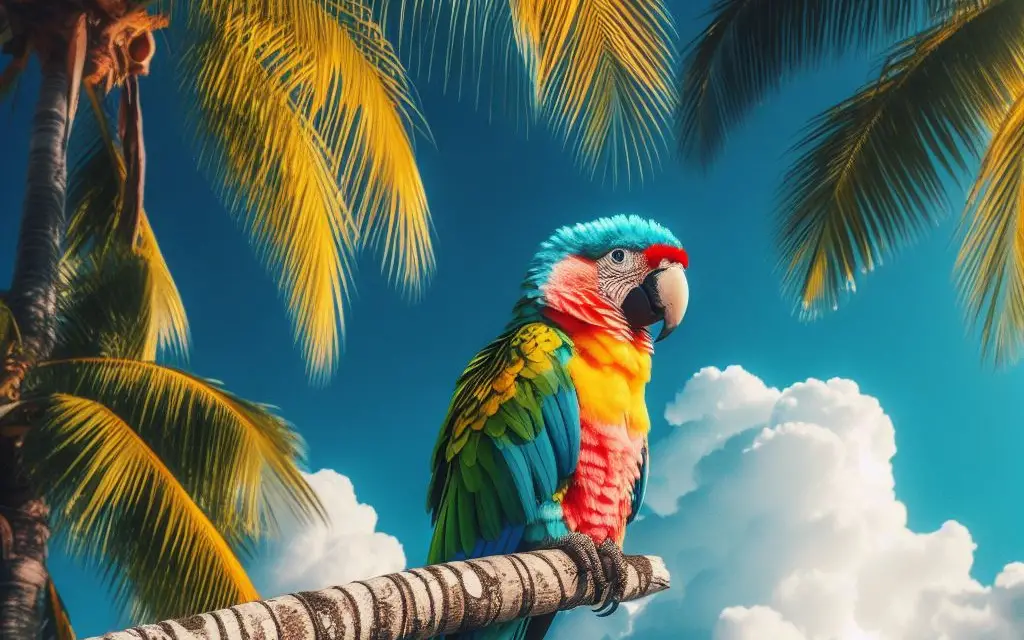
Comments are closed